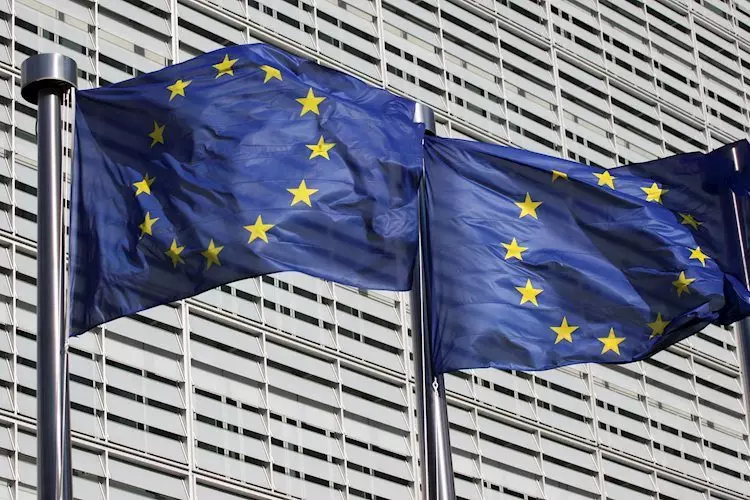In a surprising turn of events, Eurozone retail sales exhibited a robust growth of 2.9% year-on-year (YoY) for September, significantly surpassing analysts’ expectations of just 1.3%. This remarkable uptick follows a revised growth of 2.4% in August, as reported by Eurostat. Such performances highlight not only the resilience of consumer spending in the Eurozone but also suggest a broader economic momentum that could influence the region’s recovery trajectory.
On a month-on-month (MoM) basis, retail sales demonstrated a 0.5% increase in September, again outperforming forecasts that anticipated only a 0.4% rise. This comes after a slightly higher adjusted growth of 1.1% in August, indicating a positive trend in consumer behavior that could bolster confidence in the economic landscape. The consistent upward movement in retail activities suggests that consumers are willing to spend, an encouraging sign for many European economies still grappling with post-pandemic challenges.
Despite the upbeat retail sales data, the euro has not received a significant boost. At the time of the report, the EUR/USD exchange rate climbed slightly by 0.21% to trade around 1.0750. This brings to light a disconnect between strong economic indicators and currency valuation, perhaps influenced by broader macroeconomic factors or global uncertainties. The euro’s performance against other currencies reveals that while it has shown strength against the US dollar, market sentiment appears cautious, hinting at potential underlying issues that may be affecting investor confidence.
The increase in retail sales could indicate various underlying dynamics at play within the Eurozone economy. Factors such as consumer confidence, increasing disposable incomes, and potentially low unemployment rates might all contribute to this surge in spending. However, it is essential to consider that these trends must be sustained and not merely seen as a reaction to short-term seasonal factors or government stimuli.
Moreover, potential inflationary pressures and supply chain challenges remain significant concerns that could dampen future consumer sentiment. As economies navigate recovery, the interplay between consumer habits, inflation, and monetary policy will likely dictate the pace and sustainability of this growth.
The notable rise in Eurozone retail sales presents an optimistic view of consumer spending and economic resilience, yet the market’s tepid response underlines the complexity of economic recovery. Stakeholders in various sectors should keep a close watch on evolving trends, ensuring that they are prepared to respond to shifts that may arise from ongoing global developments. Ultimately, the data serves as a reminder that while numbers can paint a positive picture, the nuances of the economic landscape require careful interpretation and proactive strategizing.

